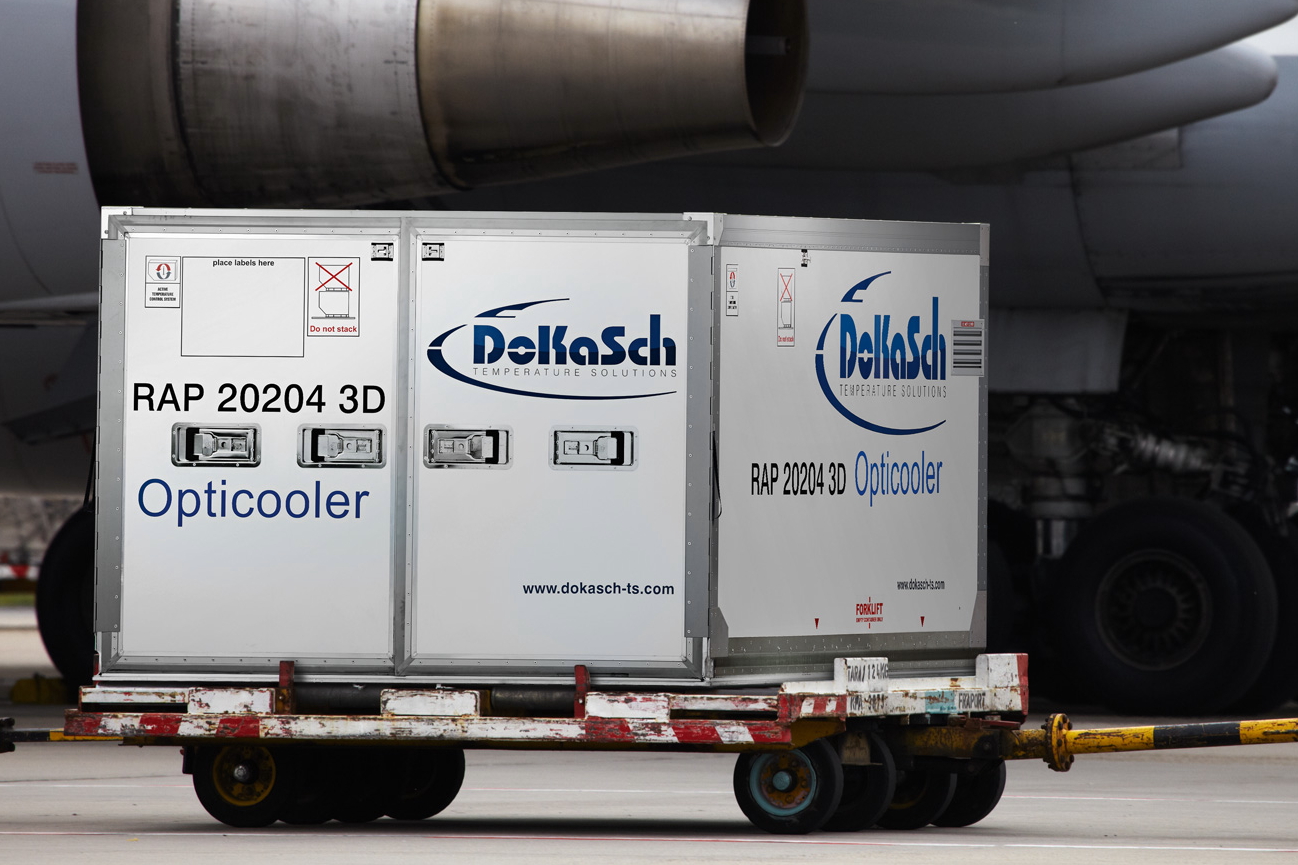|
IATA has published a guide outlining important
considerations when handling the transport and distribution of
vaccines, pharmaceutical, life science and medical products.
The Guidance for Vaccine and Pharmaceutical
Logistics and Distribution provides recommendations for
governments and the logistics supply chain in preparation for what
will be the largest and most complex global logistics operation
ever undertaken.
Reflecting the complexity of the challenge, the
guide was produced with the support of a broad range of
partners, including the ICAO, International Federation of Freight Forwarders
Associations (FIATA), International Federation of Pharmaceutical
Manufacturers and Associations (IFPMA), Pan American Health
Organization (PAHO) , UK Civil Aviation Authority, World Bank,
World Customs Organization (WCO) and World Trade Organization
(WTO).

The guidance includes a repository of international
standards and guidelines related to the transport of vaccines and
will be updated regularly as information is made available to the
industry. Accompanying the guidance, IATA established a joint
information-sharing forum for stakeholders.
�Delivering billions of doses of a vaccine that
must be transported and stored in a deep-frozen state to the
entire world efficiently will involve hugely complex logistical
challenges across the supply chain,� said IATA�s Director General
and CEO, Alexandre de
Juniac. �While the immediate challenge is the implementation of
COVID-19 testing measures to re-open borders without quarantine,
we must be prepared for when a vaccine is ready. This guidance
material is an important part of those preparations.�
Key challenges addressed in IATA�s Guidance for
Vaccine and Pharmaceutical Logistics and Distribution include:
- The availability of temperature-controlled
storage facilities and contingencies when such facilities are not
available;
- Defining roles and responsibilities of parties
involved in the distribution of vaccines, particularly government
authorities and NGOs, to assist safe, fast and equitable
distribution as broadly as possible.
Industry preparedness for vaccine
distribution which includes:
- Capacity & Connectivity: The global route
network has been reduced dramatically from the pre-COVID 22,000
city pairs. Governments need to re-establish air connectivity to
ensure adequate capacity is available for vaccine distribution.
- Facilities and infrastructure: The first vaccine
manufacturer to apply for regulatory approval requires the vaccine
to be shipped and stored in a deep-frozen state, making ultra-cold
chain facilities across the supply chain essential. Some types of
refrigerants are classified as a dangerous goods and volumes are
regulated which adds an additional layer of complexity.
Considerations include availability of temperature-controlled
facilities and equipment and staff trained to handle time- and
temperature-sensitive vaccines.
- Border Management: Timely regulatory approvals
and storage and clearance by customs and health authorities will
be essential. Priorities for border processes include introducing
fast-track procedures for overflight and landing permits for
operations carrying the COVID-19 vaccine and potential tariff
relief to facilitate the movement of the vaccine.
- Security: Vaccines are highly valuable
commodities. Arrangements must be in place to ensure that
shipments remain secure from tampering and theft. Processes are in
place already, but the huge volume of vaccine shipments will
require early planning to ensure that they are scalable.
The guidance, which requires registration before
being downloaded, is available
here.
See latest
Travel News,
Video
Interviews,
Podcasts
and other
news regarding:
COVID19,
Vaccine,
Pharma,
Cargo,
Freight.
|
Headlines: |
|
|
